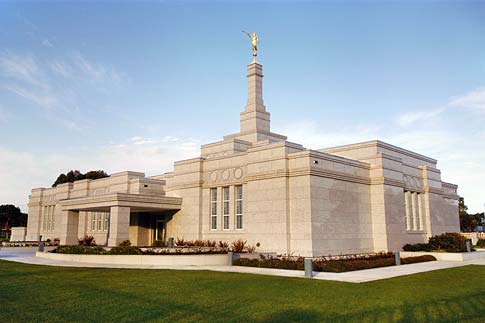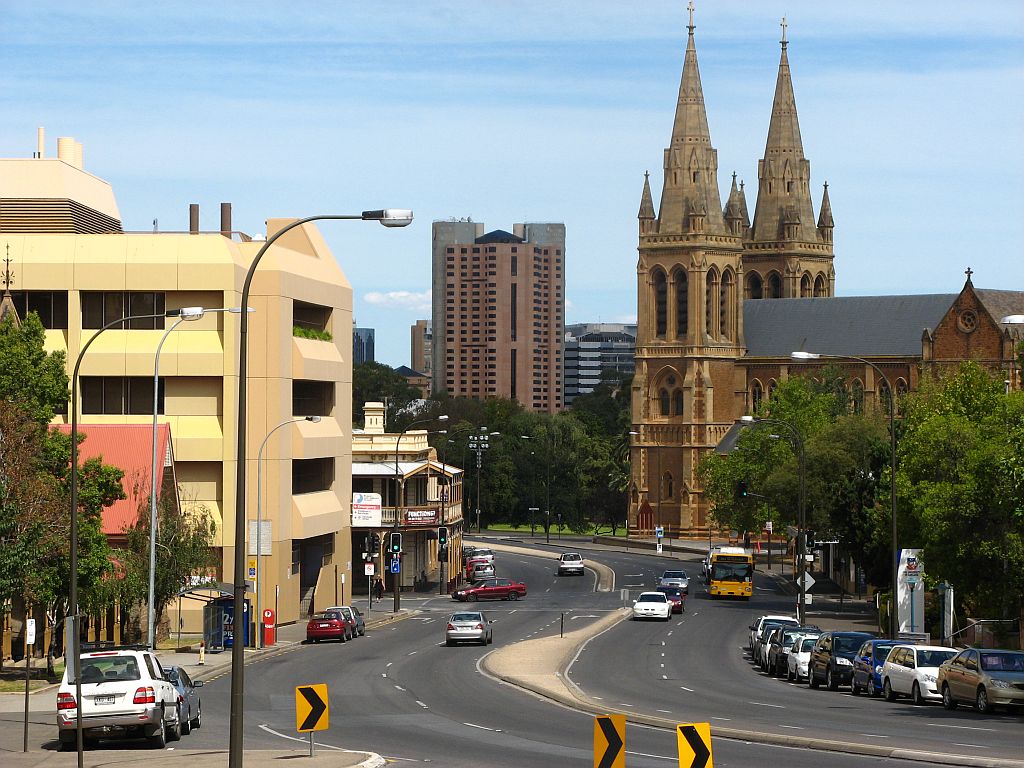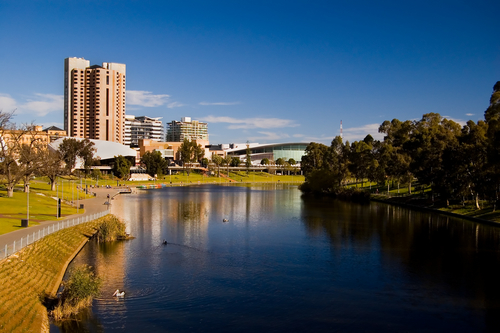- Study in AustraliaAustralian Universities/CollegesPrograms by faculty AusAustralian VisasLife in Australia
- Study In New ZealandNew Zealand UniversitiesPrograms by Faculty NZNew Zealand VisasLife in New Zealand
- Study in CanadaUniversities/Colleges in CANADAPrograms by faculty CanadaCanadian VisasLife in Canada
Adelaide
ADELAIDE
Adelaide is the capital city of South Australia and the fifth-largest city in Australia. Adelaide has an estimated population of more than 1.2 million. The adjectival form "Adelaidean" is used in reference to the city and its residents. Adelaide is located north of the Fleurieu Peninsula, on the Adelaide Plains between the Gulf St Vincent and the low-lying Mount Lofty Ranges.
Adelaide has a warm Mediterranean climate (Köppen climate classification Csa), where most of the rain falls in the winter months. Rainfall is unreliable, light and infrequent throughout summer. In contrast, the winter has fairly reliable rainfall with June being the wettest month of the year, averaging around 80 mm. Frosts are occasional, with the most notable occurrences having occurred in July 1908 and July 1982. Hail is also common in winter. There is usually no appreciable snowfall, except for very light falls at Mount Lofty and some places in the Adelaide Hills.

Approximately 24% of the population expressed no religious affiliation, compared with the national average of 18.7%, although ironically the large number of churches in Adelaide has led people to believe this is the source of the nickname The City of Churches. Nevertheless, over half of the population of Adelaide identifies as Christian, with the largest denominations being Catholic (22.1%), Anglican (14.0%), Uniting Church (8.4%) and Eastern Orthodox (3.8%).
South Australia's largest employment sector is health care and social assistance, surpassing manufacturing in SA as the largest employer since 2006–07.[34][35] In 2009–10, manufacturing in SA had average annual employment of 83,700 persons compared with 103,300 for health care and social assistance. Health care and social assistance represented nearly 13% of the state average annual employment.The retail trade is the second largest employer in SA (2009–10), with 91,900 jobs, and 12 per cent of the state workforce.
Education forms an increasingly important part of the city's economy, with the South Australian Government and educational institutions attempting to position Adelaide as "Australia's education hub" and marketing it as a "Learning City." The number of international students studying in Adelaide has increased rapidly in recent years to 23,300, of which 2,380 are secondary school students. In addition to the city's existing institutions, foreign institutions have been attracted to set up campuses in order to increase its attractiveness as an education hub.


While established as a British province, and very much English in terms of its culture, Adelaide attracted immigrants from other parts of Europe early on, including German and other European non-conformists escaping religious persecution. The first German Lutherans arrived in 1838 bringing with them the vine cuttings that they used to found the acclaimed wineries of the Barossa Valley.After the Second World War, British, Italian, Greek, Dutch, Polish and other European immigrants settled in Adelaide.[citation needed] The conclusion of the Vietnam War in 1975 saw an influx of Indo-Chinese immigrants to Adelaide.
Adelaide's arts scene flourished in the 1960s and 1970s with the support of successive premiers of both major political parties. The renowned Adelaide Festival of Arts and Fringe Festival were established in 1960 under Thomas Playford. Construction of the Adelaide Festival Centre began under Steele Hall in 1970, and was completed under the subsequent government of Don Dunstan, who also established the South Australian Film Corporation.
For more information, please contact one of our offices
Study in Australia | Study in the UK | Study in Malaysia | Study in Canada | Study in the USA | Study in New Zealand
Editor: Nina Zarabi













